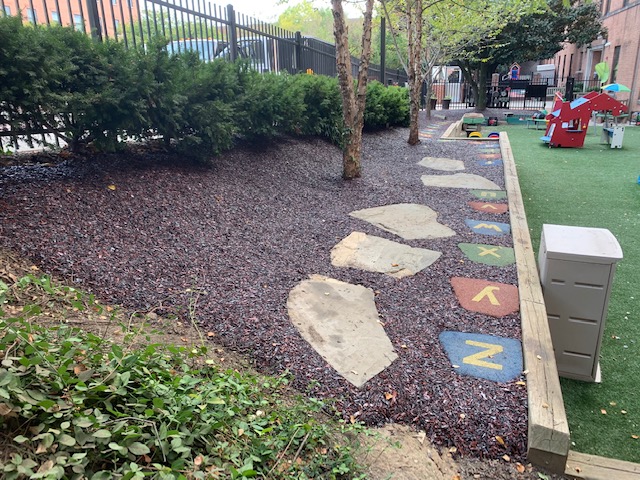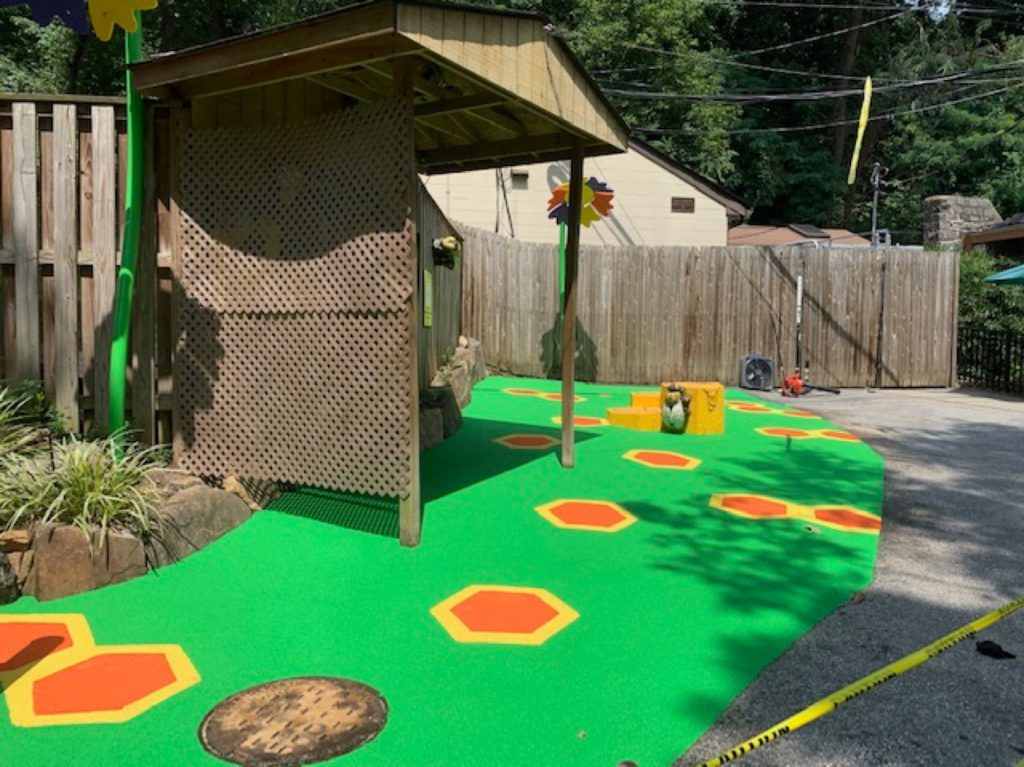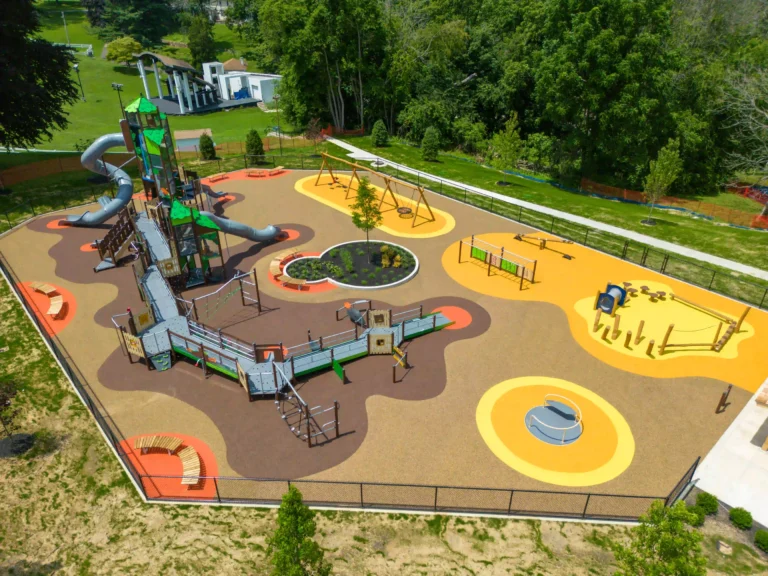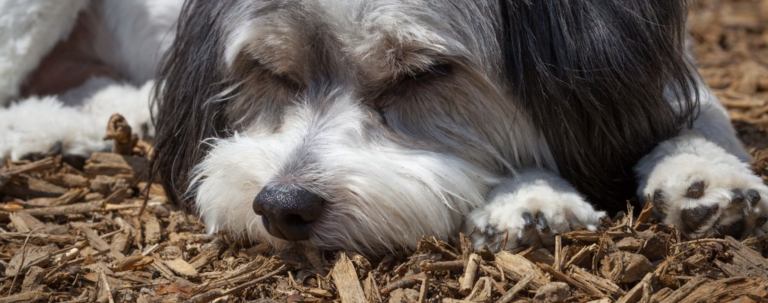Durable and permeable playground surfaces
If you’re in charge of making the decision on what kind of surface to use when installing a playground, you’re probably old enough that your own historical frame of reference comes down to two options: concrete or wood chips, neither of which comes with many added benefits. Ok, wood chips can smell nice. Luckily, children – and playground designers – of today have other options, such as rubber surfacing and artificial turf.

The number one concern for any playground is child safety. Each year, over 200,000 children are sent to the ER as a result of playground injuries, most commonly falls, so wouldn’t it make more sense for those children, if they did fall, to fall on something softer? Unlike traditional playground surfaces, poured-in-place rubber and synthetic turf are both ASTM F1292 (standard for impact attenuation of playground surfaces) compliant for falls up to 14 feet. Poured rubber and artificial turf are also both ADA (Americans with Disabilities Act) compliant and easily traversable by wheelchairs.
As with any construction project, the cost is one of the most important factors. While the front-end price for permeable surfaces like rubber and artificial turf is higher than others, their maintenance costs over time are far lower. A standard pour-in-place rubber surface will last 10 years without needing to be resurfaced, doesn’t crack or break, and because they are often made from recycled rubber can qualify for LEED® credits and state grants. After that 10-year period maintenance usually only requires occasional resurfacing to renew weather protection or spot repairs. When accounting for lifetime maintenance, poured rubber and artificial turf actually end up being one of the most affordable surfaces.

We can’t forget that permeable surfaces are permeable! Unlike typical paved surfaces, poured rubber and artificial turf allow water to filter through to the ground, which has many benefits for the environment, such as reducing water runoff that can contribute to erosion and flooding. It also means water doesn’t pool on top of it, leading to stagnant pools that can be breeding grounds for mosquitos.
Finally, both poured rubber and artificial turf are available in many different designs and colors, making your playground more aesthetically pleasing and enticing for kids!
Would you like to learn more about permeable playground surfaces? Get in touch with one of Custom Park’s sales representatives by contacting us today!


